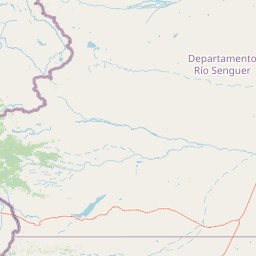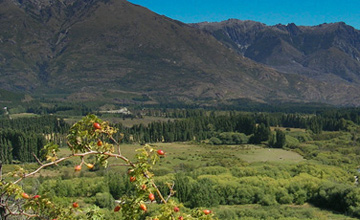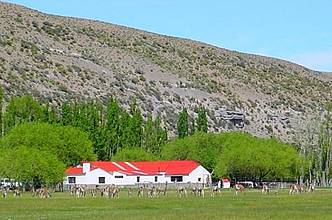An afternoon at Estancia Don José
Estancia Don José, a home away from home for visitors in search of the peace and quiet of the countryside as well as an ambitious undertaking: guanaco breeding and the production of fine fibers.
We reached the gate of Estancia Don José and drove down a poplar lined boulevard leading to the main house, where we would enjoy a peaceful, sunny afternoon. We had imagined the perfect blend of an estancia and a guest house in a beautiful Patagonian setting. Our hostess, Norma Mazquiarán, was expecting us. After living there for many years, in 2004 she decided to open her home to visitors. She had studied rural tourism and that is why the estancia has become so well-known and the number of guests increases every year. ‘I tend the guest house and the country kitchen myself’, she told us and added, ‘my brothers Juan José and Nelson are in charge of the family business -sheep breeding- which has rewarded us with so many national prizes.’ After tea, Norma invited us to walk to a scenic point. We set off, leaving the main house at the foot of a hill behind us. The view of the estancia from above was breathtaking, the sheds, the corrals for the animals and the vast extension of land stretched far out before our eyes.
Mónica Pons
Gentileza Turismoguenguel.com.ar
Contact of the excursion or tour
Don José
a 3 Km. de Río Mayo, Río Mayo, Chubut, Agentina
Phone: +54 2903-420015
Cell phone: +54 297-6249155























